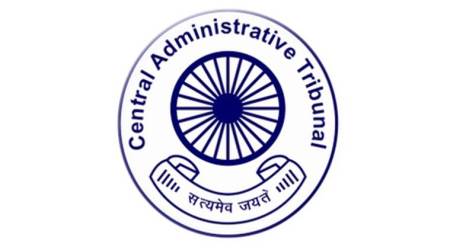“Justice Delayed is Justice Denied”, as idealistic the quote may sound, is equally applicable in practice, the continued pendencies in courts not only degrade the aggrieved of their rights to justice and speedy remedy, but also tend to make the public lose their confidence in the guarantors of rights, which is the Judicial arm of the government.
Judicial vacancies have been increasing all across the country and the timing could not be more abysmal as the Pandemic has already strained the Judicial Mechanism.
The fact that today there is not enough quasi judicial power in the country is a matter of concern, as the tribunals were created for a special purpose- to deal with specialised disputes in a manner that they do not turn a blind eye towards the technicalities and policies, which the specialised domains demand.
This filled a void in the Indian Legal, Administrative and Legislative ecosystem as specialised members and judicial members, by virtue of their status of a tribunal, carried of judicial and administrative functions, bringing justice to disputes after understanding and interpreting the very nature of the disputes and the legal principles which govern them.
The issue of pending vacancies is a wholesome one, all throughout the subjects of judiciary and “Central Administrative Tribunal” is also on the same path being rendered completely inoperative, owing to the absence of Quorum. As on August 18, 2021, the principal bench at Delhi, along with 17 other benches all throughout the country, have a total member (both judicial and administrative) capacity of 65, out of which 32 vacancies are still unfilled.
The Ahmedabad, Jodhpur, Jammu, Jaipur and Jabalpur benches of CAT are functioning at full capacity, comprising one member each from judicial and administrative side.
However, the Principle Bench at Delhi has 5 seats vacant out of 9, Allahabad has 4 vacant seats out of 9, while Hyderabad, Ernakulam, Patna and Kolkata have 2 vacant seats out of 4 allotted seats at each of the Tribunal, which is why they are currently working at 50 percent of their total capacity.
The Guwahati, Chennai, Bangalore and Lucknow benches are functioning without a judicial member. Guwahati and Lucknow have capacity of 2 members from each side, while only one administrative member is present; Chennai and Bangalore having capacity of 4 members (2 Administrative and 2 Judicial) each, but currently being run by only one administrative member.
Also Read: Supreme Court urged to conduct early hearing on plea challenging abrogation of Article 370
The Chandigarh, Cuttack and Mumbai bench function only with Judicial members, but not with a single administrative member; Chandigarh and Mumbai having capacity of 4 members equally from both sides, but both are functioning in absence of 2 administrative members; Cuttack has only one judicial member and no administrative member.
The Central Administrative Tribunal had been established under Article 323 – A of the Constitution for adjudication of disputes and complaints with respect to recruitment and conditions of service of persons appointed to public services and posts in connection with the affairs of the Union or other authorities under the control of the Government.
The vacancies delay the justice delivery system and citizens are devoid of their right to get speedy justice, since most of the issues which the CAT adjudicates on, are related to employment and source of living of people. The delay and ineffective remedies will have horrifying repercussions on the Inalienable Right to Life of the citizens.
Also Read: Supreme Court urged to conduct early hearing on plea challenging abrogation of Article 370
There are 17 Benches and 21 Circuit Benches in CAT all over India. In addition to the Ministries and Departments of Central Government, the Government of India has notified about 214 organisations under Section 14 (2) of the Administrative Tribunals Act, 1985 to bring them within the jurisdiction of CAT, from time to time. In addition, the CAT, Principal Bench is dealing with the matters of Government of National Capital Territory of Delhi.
There are 66 members in various Benches of the Tribunal, out of which 33 are Judicial Members, including the Chairman and 33 are Administrative Members. Subject to other provisions of the Act, a Bench consists of one Judicial Member and one Administrative Member. But at present it’s working at lessor strength than the sanctioned, which is hampering the delivery justice system.
List of detailed position of vacant seats in the Central Administrative Tribunals.
list

